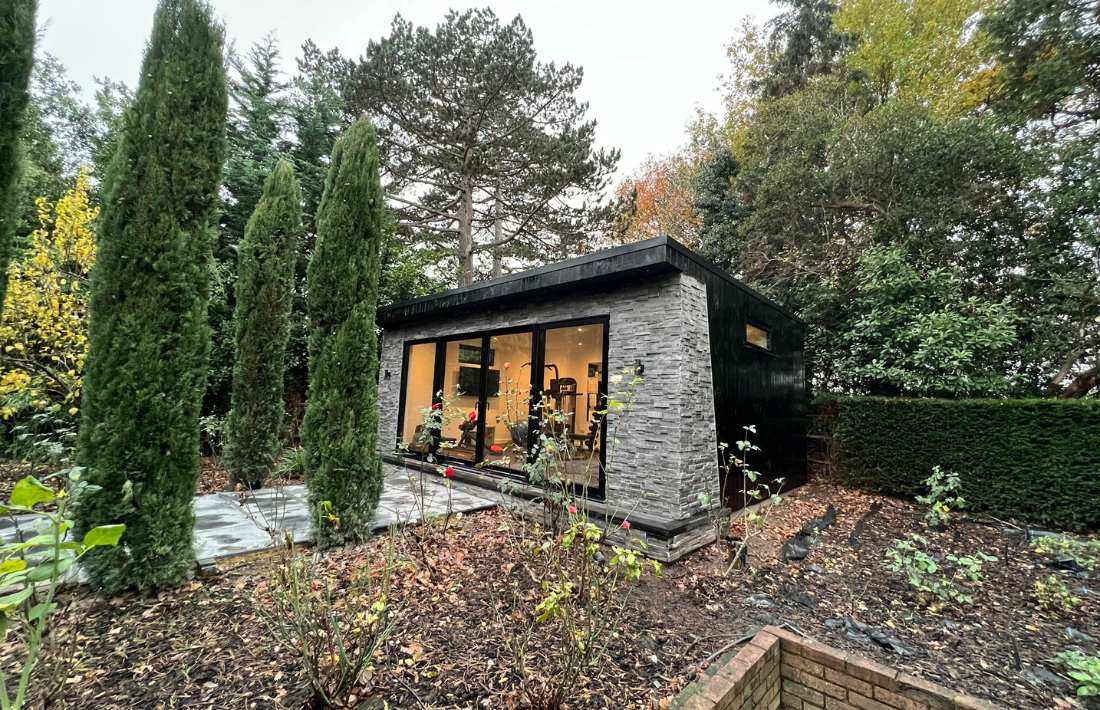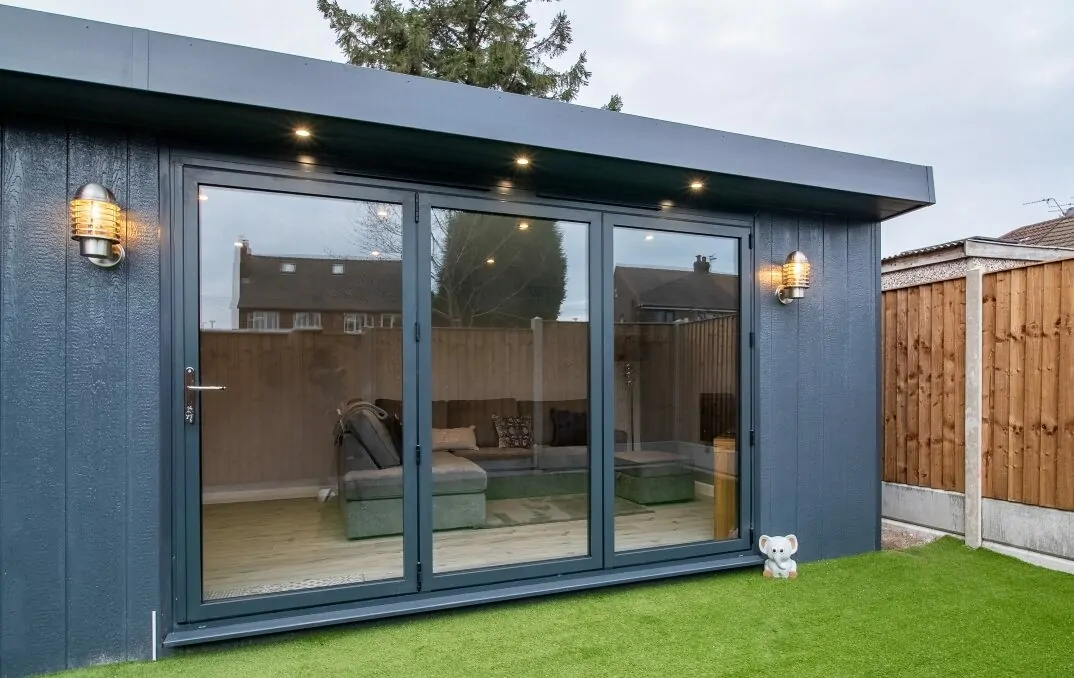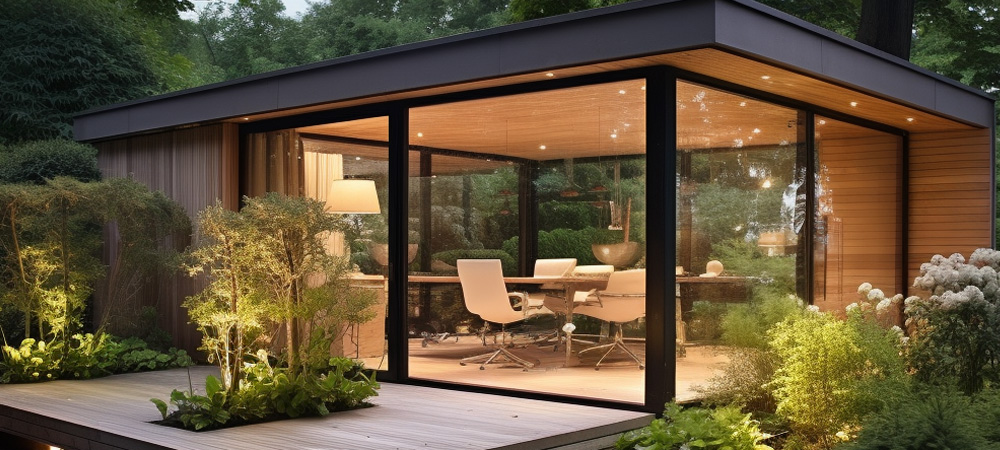Great Reasons On Planning Permission On Garden Outhouses
Wiki Article
What Authorizations Do You Need For Garden Rooms Or Other Uses In Terms Change Of Use?
If you're building conservatories, garden rooms, outhouses, garden offices or extensions, the "change of usage" idea is vital to determine if the need for a planning permit is necessary. Planning permission is required for changes in the use.
A planning permit is required when you're converting the space that is not residential (like a farm garage or a building) into a office space within the garden or living area. This is due to a change in the use type of the building.
Garden Rooms as Living Space:
The term "change of use" is used when a garden is utilized as an additional dwelling (e.g. as a guesthouse or rental unit). To ensure that the structure is in compliance with all residential regulations and standards the planning permit is required.
Business Use:
Planning permission could be needed when you plan to make use of the garden and conservatory, the extension or extension. to serve a business purpose (e.g. for office space within an office at home with frequent visitors and employees). The impact of the construction on the surrounding area including the noise, traffic and parking, might require planning permission.
For Community or Educational Use
To change the use of an existing garden structure to a space for learning or other community-based activities (such as meeting rooms or classrooms) You will also require planning permission. The local authorities will evaluate the appropriateness of the area and the impact it has on the surrounding region.
Impact on local infrastructure
Planning permission is usually required for any alteration in usage which has a significant impact on local infrastructure, e.g. roads drainage, public services and roads. In the planning process, the local authority must assess the impacts.
Dual Use:
Planning permission may be required to define and regulate the different uses in a property.
Increased Footfall & Traffic
If the proposed change in usage could result in increased traffic or increase the amount of people using the area (e.g. turning an area of garden into a retail shop), planning approval is needed to reduce the impact on the surrounding area.
Building Regulations Conformity:
It is vital to keep in mind that although a change of usage does not require the approval of a planning permit, it must be in compliance with all laws and codes for building. They are essential for the safety of people, their health, as well as for energy efficiency. This is especially important to convert spaces into living spaces.
Environmental Impact:
Any change in use that could have an environmental impact, such as the transformation of agricultural land to an area for residential development is likely to require planning permission. An environmental study may be required in the application.
Community and Amenity
The impact on community amenities and the character of the region is a major consideration. For instance, to transform a room within the garden to a coffee shop, you need approval for planning. This is to ensure it is compatible with community plans while preserving the amenities of the area.
Designated Zones
In protected areas such as conservation zones, National Parks, or Areas of Outstanding Natural Beauty (AONB) Changes in usage are subject to more strict control to ensure the integrity and appearance of the area. In these cases the need for planning permission is required.
Local Planning Policies
Local planning authorities typically have specific guidelines for changes in usage. These can be quite different. It is recommended to read these policies so you know what types of changes are permitted and what conditions must be met.
Summary A planning permit is required for any major change to the use of an extension or conservatory, such as a garden room or conservatory. This ensures that the proposed use is appropriate for the area and is compatible with local and national policy on planning. Additionally, it will address any potential impacts to the environment and community. Check with your local planning agency as early as possible during the planning stage to identify the requirements and to obtain the necessary approvals. See the most popular how to supply electricity to a garden shed uk for more examples including copyright garden room, garden rooms in St Albans, outhouse for garden, garden outhouses, garden room, garden office, ground screws vs concrete, garden rooms brookmans park, garden office hertfordshire, what size garden room without planning permission and more.

What Is The Neighbourhood Planning Permission For Garden Rooms, And So On.?
When planning to build conservatories, garden rooms or outhouses, gardens offices or extensions, neighborhood concerns are a critical factor in determining if planning permission is needed. Here are the main aspects to take into consideration overlooking, privacy and extensions.
Planning permits are required if a new building could cause a loss in privacy because it overlooks adjacent properties. It is essential to make sure that the structure is not negatively impact nearby residents.
Loss of Light, Overshadowing
Planning permission is required when the proposed development could result in an overshadowing effect or a reduction in light to a the neighboring property. The local planning authority will evaluate the impact of the amount of sunlight and daylight that is available to neighboring houses.
Noise and Disturbance
A permit for planning is required if the extension or room will be utilized for activities that create noise (such a a home-office that hosts guests or a music room, etc.). The volume of the noise has to be acceptable to the neighbors and not cause disturbance.
Character and Visual Impact
The structure's dimensions, shapes and overall appearance should reflect the style of your neighborhood. Planning approval ensures that the new development is visually acceptable and doesn't detract from the aesthetics of the neighborhood.
Boundary Proximity:
Buildings that are built within two meters of a boundary or structures higher than 2.5 metres may require permission to plan. It is done to prevent disputes and negative impacts on neighbouring properties.
Shared Access Rights of Way and Rights of Way
It is important to get planning permission if construction works will affect the shared access route or rights-of-way. This will guarantee that they aren't negatively impacted or blocked.
Objections by Neighbors
Consultation of neighbors on planning requests is allowed. Planning authorities take into consideration objections from neighbours when deciding whether permission should be granted.
Impact on Property Values
Though not the only factor modifications that may affect the value of nearby houses could affect the need for a planning permit. Local authorities will be aware of the impact of these changes when deciding.
Covenants and Deed Restrictions
There may be covenants, deed restrictions or other legal agreements on the property. They may have to be adhered to regardless of the planning permission. These legal agreements could define what may and cannot be constructed, affecting neighborhood harmony.
Construction Disturbance:
Planning permission can deal with concerns about disturbances that may occur during construction, such as dust, noise and traffic. There could be conditions placed on the construction project to reduce its impact on neighbours.
Infrastructure Impact:
If the proposed structure places additional strains on local infrastructures (e.g. drainage or parking and roads), planning permits make sure that these effects are analyzed and managed accordingly.
Consultation of the Community
A more extensive consultation with the community may be needed in certain instances, particularly for large or controversial developments. This allows for more democratic decision-making that takes into consideration the opinions of the local population.
In the end, neighborhood concerns play a significant role when it comes to obtaining planning permission for conservatories and garden rooms. To avoid having a negative impact on living conditions or privacy levels, as well as light levels in the area, it's vital that any proposed construction doesn't adversely impact them. Consulting with the local planner and engaging with neighbors early in planning can resolve these issues and help facilitate an easier approval. Follow the top rated garden rooms vs extensions for blog examples including garden rooms near me, Tring garden rooms, copyright garden office, garden rooms near me, garden outhouses, best heater for log cabin, myouthouse, conservatories and garden rooms, what size garden room without planning permission, garden office electrics and more.

What Planning Permissions Do You Require For Garden Rooms Etc In Terms Of Appearance And Design?
The design and appearance of the building will decide whether planning permission is required to construct conservatories, garden offices, outhouses or gardens rooms. Here are some crucial aspects to take into consideration:
Planning permission might not be necessary if the building proposed is within your permitted development rights. There are certain design and appearance requirements to be fulfilled.
Size and Scale
The size and scale must be proportional to the surrounding property and buildings. The dimensions of the structure that is built must be in proportion to the existing property and surrounding structures.
Height and Massing
The height of the new structure and its mass should be consistent with surrounding structures and the property. Planning permission is usually needed for buildings that are too high or out-of-scale with the surroundings.
Materials and finishes
The selection of materials and finishing should match the existing property and surrounding buildings. It could be necessary to obtain planning approval if materials are not compatible with the style and design of the space.
Design Harmony
The design must be in harmony with the existing structures and the surrounding property. If the design proposed is not in keeping with the character and appearance of the area Planning permission is needed.
Roof Design
The design of the roof must be in harmony with the architectural style of the building and its surroundings. It is possible to obtain planning permission if the proposed roofing design is not compatible with the local culture or appearance.
Fenestration, Windows and Doors:
The style and location of doors and windows must be sympathetic to the existing property and surrounding buildings. If the proposed fenestration does not fit with the local appearance or character, planning permission may be required.
Facade Treatment:
The way the facade is treated should be in harmony with the current building as well as the surrounding buildings. If the proposed facade treatment isn't in line with the local culture or appearance it is possible that planning approval will be required.
Landscaping, Surroundings, Environments and Landscapes
The landscaping design surrounding a new construction should be in harmony with the surrounding structures as well as existing property. If the landscaping doesn't fit with the local appearance and style the planning permission might be required.
Visual Impact
The visual impact to the surrounding area of the proposed building must be kept to a minimal level. If the structure proposed has an adverse impact on the surroundings it is possible that planning permission will be required.
Heritage and Conservation Areas
If the property is located in an area designated as a heritage or conservation zone, there may be stricter criteria for design and appearance. If any new structures do not satisfy the above requirements the need for a planning application could be required.
Architecture and Planning Guidelines
Local planning authorities frequently set out specific guidelines for aesthetics and design that must be followed. Planning permission may be required if the proposed structure is not in accordance to these standards.
In short, the appearance and appearance of a structure will determine if the planning permit is granted. It's essential to consult with the local authority for planning at the beginning of the planning process to make sure that the structure is in accordance with local characteristics and aesthetic guidelines, and to determine whether planning permission is required. Check out the top how to heat a summerhouse in winter for site recommendations including insulated garden rooms, composite summer house, garden room vs extension, how to lay decking on soil, ground screws vs concrete base, what size garden room without planning permission, garden room permitted development, garden room vs extension, herts garden rooms, garden office hertfordshire and more.
